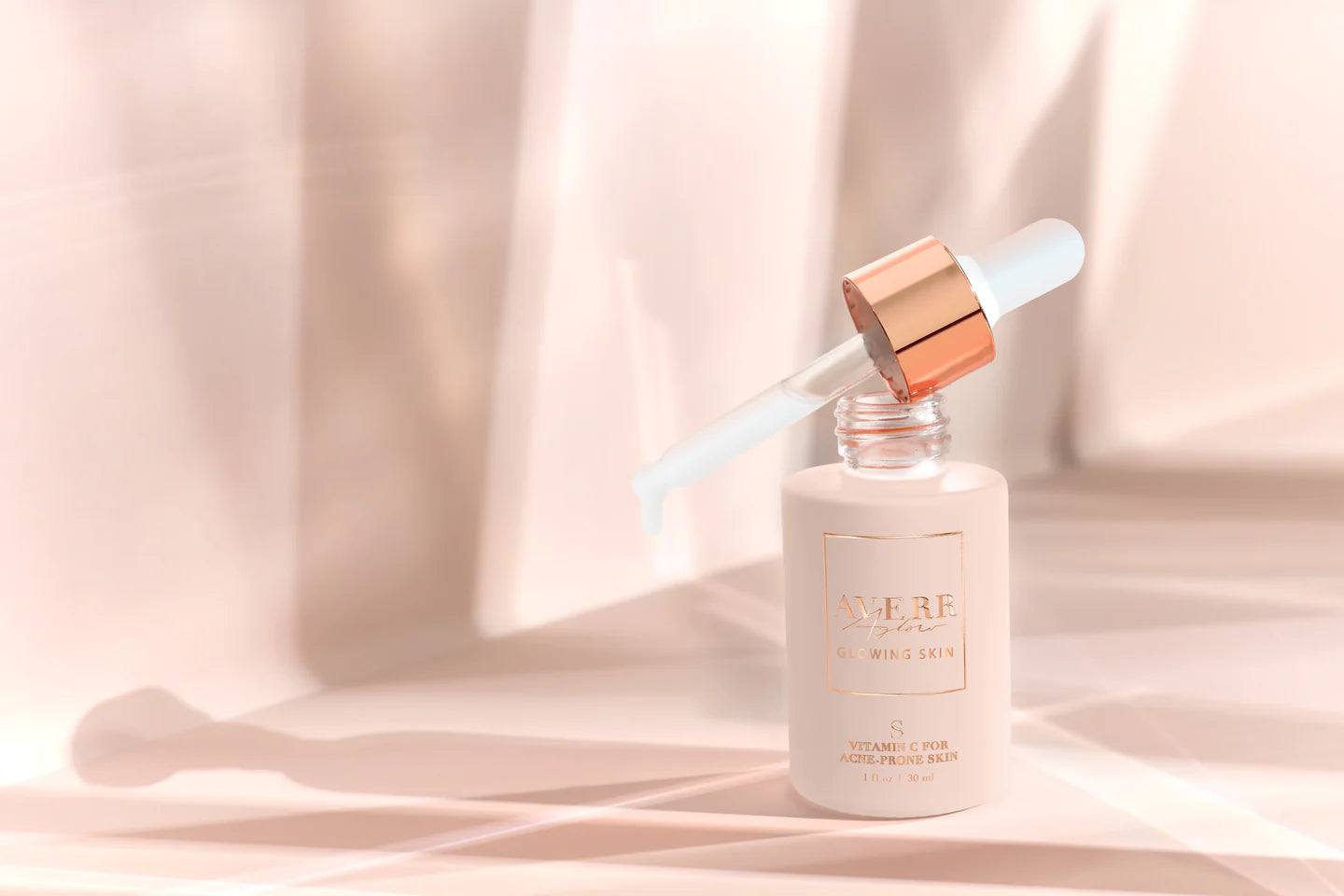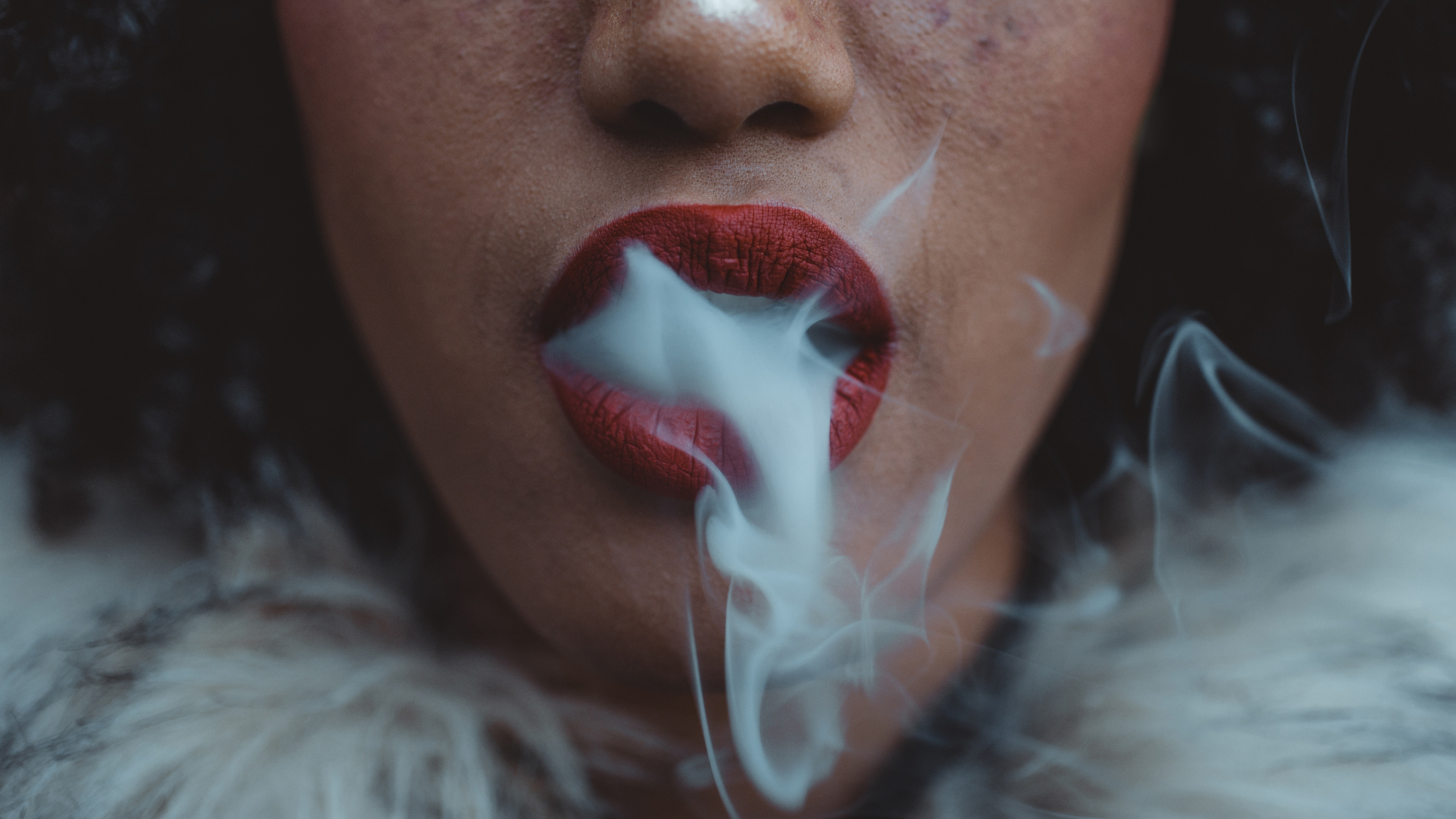
Cystic Pimples: Understanding What Triggers Cystic Pimples
Embarking on the journey to flawless skin is often disrupted by the unwelcome arrival of cystic pimples — those deep, throbbing blemishes that seem to have a life of their own. While acne is a common skin woe, cystic pimples stand out as a more severe and often painful manifestation. If you've ever wondered about the root causes of these stubborn skin intruders, you're in the right place.
We'll delve into the intricate factors that contribute to the formation of cystic pimples. From the role of sebum and hair follicles to the impact of hormones, genetics, and environmental factors, we'll unravel the mysteries behind these pesky pimples. Whether you're seeking to prevent their occurrence or looking for effective treatment options, understanding the causes is the crucial first step.
What is a Cystic Pimple?
A cystic pimple, also known as nodulocystic acne, is a severe and inflamed form of acne characterized by the formation of deep, painful cysts beneath the skin's surface. Unlike typical pimples, which are often superficial and manifest as raised red bumps, cystic pimples develop deeper within the skin layers.
Key features of cystic pimples include:
- Size and Depth: Cystic pimples are larger and deeper than typical pimples. They can extend into the deeper layers of the skin, causing significant inflammation.
- Pain and Tenderness: These pimples are often accompanied by pain and tenderness. The inflammation and pressure created by the cyst can lead to discomfort, making them more noticeable and bothersome.
- Redness and Swelling: The affected area tends to exhibit pronounced redness and swelling due to the intense inflammation associated with cystic acne.
- Prolonged Duration: Cystic pimples generally have a longer lifespan compared to regular pimples. They can persist for weeks or even months, making them challenging to manage.
- Risk of Scarring: Due to their depth and the potential for inflammation, cystic pimples pose a higher risk of scarring. If not treated properly, they may leave behind lasting marks on the skin.
These deep-seated blemishes often occur when hair follicles become clogged with excess oil (sebum), dead skin cells, and bacteria. Cystic pimples are commonly found on the face but can also appear on the neck, chest, back, and shoulders. Unlike surface-level pimples that may come to a head and eventually drain, cystic pimples often persist for a more extended period.
What Does a Cystic Pimple Look Like?
A cystic pimple has distinct characteristics that set it apart from milder forms of acne. Here are the typical features of a cystic pimple:
- Size: Cystic pimples are larger than typical pimples or whiteheads. They can range in size from a few millimeters to several centimeters.
- Depth: One of the defining features of a cystic pimple is its depth. These pimples extend deep into the layers of the skin, affecting tissues below the surface.
- Pain and Tenderness: Cystic pimples are often painful to the touch. The pain is due to the inflammation and swelling associated with the deep-seated infection.
- Redness and Inflammation: The affected area typically appears red and inflamed. This redness is a result of the body's immune response to the infection within the blocked hair follicles.
- No Visible Pus Head: Unlike surface-level pimples that may develop a white or yellow pus-filled head, cystic pimples typically do not have a visible center or head. They are more solid and feel like a lump beneath the skin.
- Tenderness Beyond Surface: The tenderness associated with cystic pimples goes beyond the skin's surface. It is felt deep within the skin due to the inflammation and pressure caused by the cyst.
- Duration: Cystic pimples often persist for a more extended period compared to milder forms of acne. They may take weeks to resolve and may leave behind lingering redness or scarring.
- Potential for Scarring: Due to their depth and severity, cystic pimples carry a higher risk of scarring compared to less severe forms of acne. The inflammation and tissue damage can lead to lasting marks on the skin.

Recognizing the distinctive features of cystic acne is crucial for accurate diagnosis and appropriate treatment. It's important to note that the appearance of cystic acne can vary among individuals, and the severity of the condition may influence its visual characteristics.
What Triggers Cystic Pimples?
Cystic pimples can be triggered by a combination of factors, and it is primarily associated with the processes of the skin's sebaceous glands, hair follicles, and the immune system, their development often involves a complex interplay of genetic, hormonal, environmental, and lifestyle elements. Here are some common triggers for cystic pimples:
- Hormonal Fluctuations: Hormonal changes, especially during puberty, menstruation, pregnancy, and times of increased stress, can lead to an overproduction of sebum (oil) by the sebaceous glands. This excess oil production can contribute to the clogging of hair follicles, a primary factor in the formation of cystic pimples.
- Genetic Predisposition: Genetics can play a significant role in acne development. If there is a family history of severe acne, individuals may be more predisposed to experiencing cystic pimples.
- Sebum Production and Follicular Blockage: An overproduction of sebum, combined with the shedding of dead skin cells, can result in the blocking of hair follicles. When the follicles become clogged, it creates an environment conducive to the growth of bacteria, leading to inflammation and the formation of cystic pimples.
- Bacterial Infection: Propionibacterium acnes, a type of bacteria commonly found on the skin, can multiply in the blocked hair follicles, triggering an immune response and causing inflammation.
- Dietary Factors: While the direct link between diet and cystic acne is still debated, some studies suggest that certain dietary factors may influence acne development in susceptible individuals. High-glycemic foods and dairy products are examples of substances that some researchers believe may exacerbate acne.
- Environmental Factors: Exposure to environmental pollutants and toxins can contribute to skin inflammation, potentially aggravating cystic acne.
- Stress: Chronic stress can impact hormonal balance and exacerbate acne symptoms, including the development of cystic pimples.
- Cosmetic and Skincare Products: Certain cosmetic or skincare products, especially those that are comedogenic (tend to clog pores), may contribute to the formation of cystic pimples. It's essential to choose non-comedogenic products and be mindful of their impact on your skin.
Understanding these triggers can help individuals take proactive steps to manage and prevent cystic pimples.
Can I Pop a Cystic Pimple?
No, it is not advisable to squeeze or attempt to pop a cystic pimple. Unlike regular pimples, cystic pimples are deeper and lack a visible "head" or pus-filled center that can be expelled through squeezing. Attempting to squeeze a cystic pimple can lead to several negative consequences:
- Increased Inflammation: Squeezing can exacerbate inflammation around the cyst, making it more painful and causing the surrounding area to become more red and swollen.
- Infection Risk: Breaking the skin by squeezing can introduce bacteria from your hands or surroundings into the cyst, increasing the risk of infection.
- Scarring: Squeezing may result in trauma to the skin and worsen the potential for scarring, which is already higher with cystic pimples due to its depth and severity.
- Delayed Healing: Manipulating cystic pimples can impede the natural healing process, prolonging the time it takes for the lesion to resolve.
Instead of squeezing, keep reading to learn effective strategies for managing and reducing cystic pimples.
How Long Does a Cystic Pimple Last?
The duration of a cystic pimple can vary widely from person to person and depends on various factors, including the severity of the acne, individual skin characteristics, and the effectiveness of treatment. In general, cystic pimples tend to last longer than surface-level pimples due to their deeper location within the skin. Here are some general timelines for cystic pimples:
- Active Stage: Cystic pimples are often active and most inflamed for an extended period, ranging from several days to weeks. During this time, the pimple may be red, painful, and noticeable.
- Resolution Stage: The resolution stage refers to the period during which the cystic pimple gradually diminishes in size and inflammation. This stage can last anywhere from a few weeks to several months.
- Post-Inflammatory Erythema (PIE) and Scarring: Even after the active pimple has resolved, post-inflammatory redness (PIE) may persist. This redness can take additional weeks or months to fade. If the cystic pimple is severe, it may leave behind a scar, and the healing process for scars can extend over several months.
How to Get Rid of a Cystic Pimple
Getting rid of cystic pimples requires a comprehensive approach to address the underlying causes, manage symptoms, and promote healing. Here are effective strategies for managing and reducing a cystic pimple:
- Topical Treatments: Skip the OTCs, most over-the-counter acne products are targeted at surface-level breakouts, not at the deep-dwelling issues that fuel cystic pimples.
- Gentle Skincare Routine: The Clear Skin Kit is a powerhouse designed to tackle cystic acne effectively. With a strategic combination of potent natural ingredients, it targets the root causes of cystic acne, addressing inflammation, excess sebum production, and bacterial growth. The Clear Skin Elixir, a key component of the kit, contains Tea Tree Oil, known for its anti-inflammatory and antimicrobial properties, helping to calm cystic acne flare-ups. Additionally, French Pink Clay assists in drawing out impurities, while Raspberry Seed Oil nourishes and supports skin health. This comprehensive approach not only aids in clearing existing cystic acne but also works proactively to prevent future outbreaks, promoting a clearer and healthier complexion.
- Ice Compress: Applying an ice compress can help reduce inflammation and soothe the pain associated with a cystic pimple.
- Encourage Drainage: Apply a warm compress to the affected area, after you’ve cleansed, to help reduce inflammation and encourage the cyst to come to a head.
- Avoid Squeezing or Picking: Resisting the urge to squeeze or pick at a cystic pimple is crucial. This can worsen inflammation, increase the risk of scarring, and prolong healing.
- Lifestyle Adjustments: Evaluate lifestyle factors, such as diet and stress levels. Adopting a low-glycemic diet and practicing stress-management techniques may contribute to improvement.
Remember, addressing cystic pimples may take time, and consistent adherence to a treatment plan is crucial.
How to Prevent a Cystic Pimple
While it may not be possible to prevent cystic pimples entirely, preventing a cystic pimple involves adopting a comprehensive approach to skincare, lifestyle choices, and recognizing potential triggers. Here are several steps you can take to reduce the likelihood of their occurrence and minimize their severity:
- Adopt a Gentle Skincare Routine: Use non-comedogenic and gentle skincare products to avoid clogging pores. Harsh cleansers and abrasive scrubs can irritate the skin, potentially leading to breakouts.
- Regular Cleansing: Cleanse your face regularly, but avoid overwashing. Twice daily with a mild cleanser is generally sufficient. Be gentle when cleansing to avoid irritation.
- Avoid Touching Your Face: Refrain from touching your face with unwashed hands, as this can transfer bacteria and contribute to acne development.
- Hydrate Your Skin: Use a moisturizer suitable for your skin type to keep your skin hydrated. Contrary to popular belief, even oily or acne-prone skin benefits from proper hydration.
- Healthy Diet: Adopt a balanced and low-glycemic diet. Avoid excessive consumption of high-glycemic-index foods, processed sugars, and dairy, as these factors have been associated with acne.
- Manage Stress: Chronic stress can contribute to hormonal imbalances that may exacerbate acne, including cystic pimples—practice stress management techniques such as meditation, yoga, or deep breathing exercises.
- Regular Exercise: Engage in regular physical activity to promote blood circulation and reduce stress. Shower after exercising to remove sweat and bacteria from your skin.
- Use Non-Comedogenic Products: Choose skincare and cosmetic products labeled as "non-comedogenic" to prevent clogging of the pores. These products are less likely to contribute to acne.
- Hormonal Management: For individuals with hormonally influenced cystic acne, consult with a healthcare professional about hormonal management options, such as oral contraceptives.
- Avoid Squeezing or Picking: Resist the temptation to squeeze or pick at your acne, as this can worsen inflammation, increase the risk of infection, and lead to scarring.
Remember, preventing cystic pimples may involve trial and error to determine what works best for your skin.






